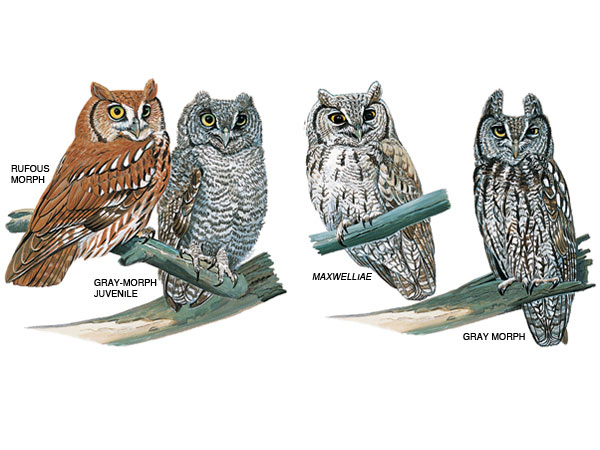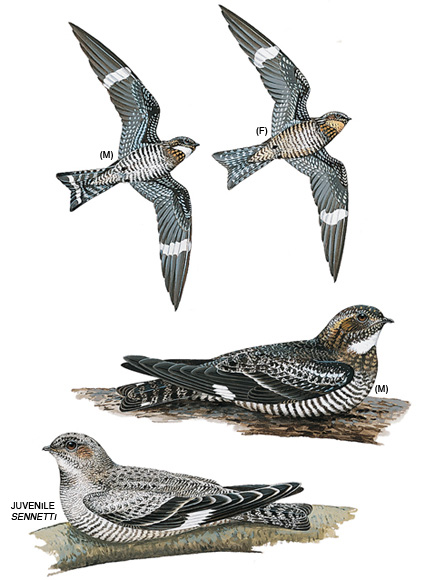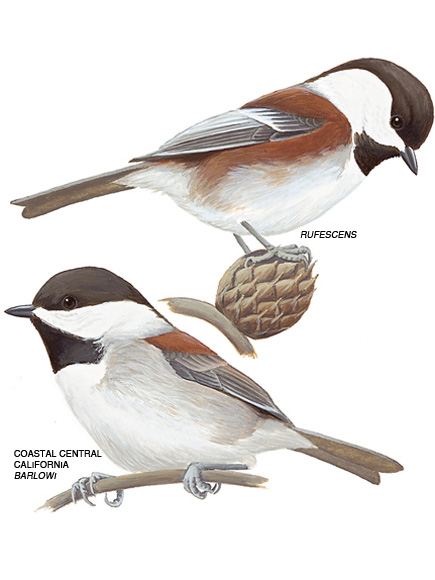This deafening finch is relatively discreet during the reproduction season, yet types huge, gregarious flocks during wintertime months season. It is found during summer mainly in coniferous jungles across boreal North america and in the Difficult Mountains; its winter season actions are both irregular and irruptive, likely due to varying food. Polytypic. Length 8" (20 cm).
Identification A huge, stocky, strongly designed finch with a very short longest tail and heavy expenses. Male: individually designed, your human is a rich older darkish, becoming dark darkish on head and dark-colored on title. Both the temple and eye brows are bright older yellow-colored. The longest tail and wings are black; the latter has distinct genuine bright secondaries and tertials. The light yellow green expenses is huge for a finch. Female: your human is gray darkish above, buffier on underparts, receiver, and rump. The neck is almost white and has a unique black malar red stripe. Like the using its, the wings are dark-colored, but the secondaries are not as genuine bright and have a black border, and a bright base to the primaries types a bright spot visible in a collapsed side. There are huge bright spots at the end of the longest tail. The side and longest tail design are obvious in trip. Juvenile: the using its looks like an mature using its, only your human is a duller consistent darkish and the eye brows are a unexciting yellow-colored. The women looks like the mature women.
Geographic Difference Three subspecies in South America. The lower vespertinus tend to have reduced bills and larger yellow-colored eye brows than the north western montanus. American brooksi is also long charged. Flight calls different.
Similar Types Only the hawfinch has a identical design.
Voice Call: trip calls of lower wildlife a ringing clee-ip or peer; western wildlife give a clear, whistled tew, just like the olive warbler but higher. Song: hardly ever heard and badly described.
Status and Submission Breeding: coniferous woodlands and mixed wood, mainly in mountain ranges in the west. Winter: Sometimes common at lower levels and south of reproduction range. Often seen in flocks at seed bird feeders. Unusual to recreational in lower states. Vagrant: recreational in spring northern to Ak.
Identification A huge, stocky, strongly designed finch with a very short longest tail and heavy expenses. Male: individually designed, your human is a rich older darkish, becoming dark darkish on head and dark-colored on title. Both the temple and eye brows are bright older yellow-colored. The longest tail and wings are black; the latter has distinct genuine bright secondaries and tertials. The light yellow green expenses is huge for a finch. Female: your human is gray darkish above, buffier on underparts, receiver, and rump. The neck is almost white and has a unique black malar red stripe. Like the using its, the wings are dark-colored, but the secondaries are not as genuine bright and have a black border, and a bright base to the primaries types a bright spot visible in a collapsed side. There are huge bright spots at the end of the longest tail. The side and longest tail design are obvious in trip. Juvenile: the using its looks like an mature using its, only your human is a duller consistent darkish and the eye brows are a unexciting yellow-colored. The women looks like the mature women.
Geographic Difference Three subspecies in South America. The lower vespertinus tend to have reduced bills and larger yellow-colored eye brows than the north western montanus. American brooksi is also long charged. Flight calls different.
Similar Types Only the hawfinch has a identical design.
Voice Call: trip calls of lower wildlife a ringing clee-ip or peer; western wildlife give a clear, whistled tew, just like the olive warbler but higher. Song: hardly ever heard and badly described.
Status and Submission Breeding: coniferous woodlands and mixed wood, mainly in mountain ranges in the west. Winter: Sometimes common at lower levels and south of reproduction range. Often seen in flocks at seed bird feeders. Unusual to recreational in lower states. Vagrant: recreational in spring northern to Ak.





























